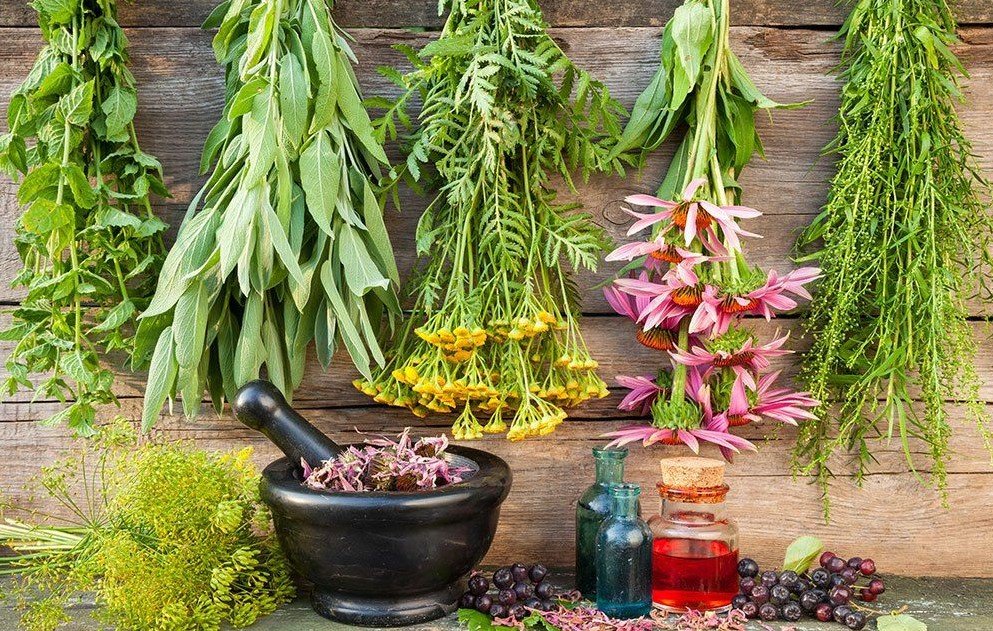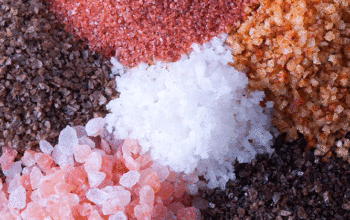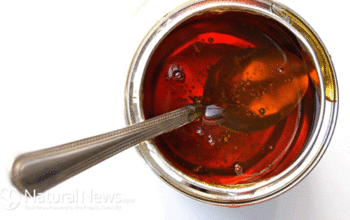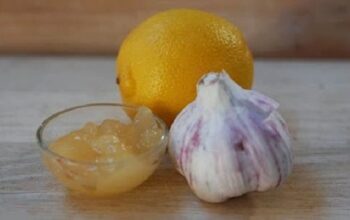In today’s fast-paced world, the common cold and flu can quickly derail our daily lives. While over-the-counter medications provide temporary relief, more people are turning to natural, holistic approaches to boost immunity and combat seasonal illnesses. Growing your own medicinal herbs offers a powerful, sustainable solution that not only supports your health but also connects you with nature’s healing potential.
Why Choose Herbal Remedies for Cold and Flu Prevention?
According to the World Health Organization, up to 80% of the global population relies on traditional plant-based medicine for primary healthcare. Herbal remedies offer several advantages over conventional treatments:
- Natural ingredients with fewer side effects
- Cost-effective alternative to pharmaceutical medications
- Supports overall immune system health
- Provides a sustainable approach to wellness
Top 10 Herbs for Cold and Flu Prevention
1. Echinacea: The Immune System Powerhouse
Echinacea is renowned for its immune-boosting properties. This vibrant purple flower can be easily grown in home gardens and has been shown to reduce the duration and severity of cold symptoms. Studies indicate that over 20 million Americans use echinacea to support their immune system.
2. Elderberry: Nature’s Antiviral Superhero
Rich in antioxidants and vitamins, elderberry is a potent weapon against viral infections. Both the berries and flowers can be used to make syrups, teas, and tinctures that help reduce inflammation and support respiratory health.
3. Garlic: More Than Just a Culinary Delight
Beyond its culinary uses, garlic contains allicin, a compound with powerful antimicrobial properties. Growing garlic in your garden provides a natural defense against cold and flu viruses while adding flavor to your meals.
4. Ginger: The Anti-Inflammatory Wonder
Ginger root is a versatile herb that can be grown in containers and offers remarkable health benefits. It helps reduce inflammation, soothe sore throats, and improve circulation, making it an excellent natural remedy for cold symptoms.
5. Peppermint: Respiratory Relief and Comfort
Peppermint provides natural decongestant properties and can help clear sinuses. Its cooling effect offers relief from fever and helps ease respiratory discomfort. Easy to grow in gardens or containers, peppermint is a must-have herb for cold and flu season.
Preparing and Using Herbal Remedies
Herbal Teas
Creating herbal teas is one of the simplest ways to harness the healing power of these herbs. A basic immune-boosting tea can be made by combining echinacea, elderberry, and ginger. Steep the herbs in hot water for 10-15 minutes, strain, and add honey for additional health benefits.
Tinctures and Infusions
For more concentrated healing, consider making herbal tinctures. These alcohol-based extracts preserve the medicinal properties of herbs and can be taken in small doses to support immune function.
Safety Considerations
While herbal remedies are generally safe, it’s crucial to:
- Consult with a healthcare professional before starting any new herbal regimen
- Be aware of potential allergic reactions
- Understand potential interactions with existing medications
- Follow recommended dosage guidelines
Growing Your Herbal Pharmacy
Starting an herbal garden doesn’t require extensive gardening experience. Many of these herbs can be grown in small spaces, including containers on balconies or windowsills. Begin with 2-3 herbs and gradually expand your collection as you become more comfortable with cultivation and preparation techniques.
Conclusion
Embracing herbal remedies for cold and flu prevention is more than just a health strategy—it’s a holistic approach to wellness that connects us with nature’s healing potential. By growing and using these powerful herbs, you can support your immune system naturally, reduce reliance on pharmaceutical treatments, and enjoy the satisfaction of cultivating your own medicinal garden.




